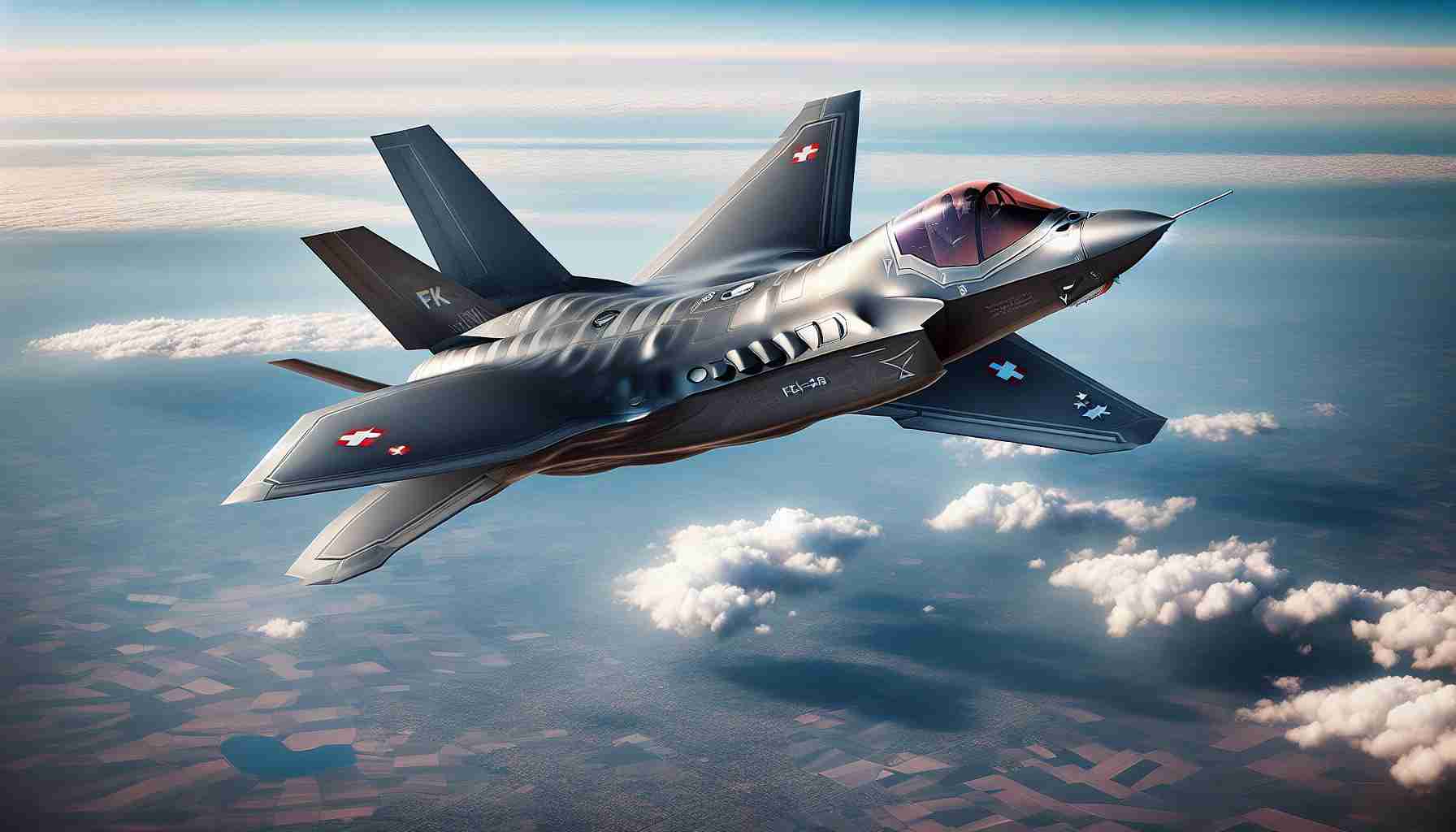- Poland is acquiring 32 F-35 fighter jets, enhancing its air power and defense capabilities.
- This move strengthens NATO’s deterrence posture against potential threats from Russia.
- Polish pilots have begun training in the U.S. to operate the F-35s effectively.
- The F-35 acquisition aims to establish a “stealth corridor” across Europe, improving regional security.
- Poland’s defense strategy responds to increased regional tensions, especially after Russia’s actions in Ukraine.
- The F-35A Lightning II represents a significant upgrade in Poland’s military capabilities and alliances within NATO.
- This acquisition highlights Poland’s commitment to maintaining peace and security in a volatile environment.
Poland is making headlines with a bold move to enhance its air power—acquiring 32 F-35 fighter jets. This strategic upgrade not only fortifies Poland’s defense but also bolsters NATO’s deterrence against potential Russian aggression. Imagine a new era of aerial dominance; the F-35s, with their stealth capabilities and advanced sensors, are set to reshape the air defense landscape in Eastern Europe.
Training has already commenced for Polish pilots in the U.S., marking the start of a critical transition for the Polish Air Force. With Poland as a key player in NATO, their acquisition is poised to establish a “stealth corridor” across Europe, significantly outpacing Russia’s limited Su-57 fleet. In the next five years, around 600 F-35s are expected across the continent, solidifying a united front.
Poland’s commitment to defense comes in response to regional tensions, especially following Russia’s invasion of Ukraine. The nation recognizes the necessity for cutting-edge military equipment to safeguard its borders, shared with Russia, Ukraine, and Belarus. The F-35A Lightning II represents not just aircraft, but a pivotal upgrade in deterrence capabilities, forging stronger alliances among NATO countries.
As Polish pilots train alongside NATO allies, we witness a transformation in military preparedness. With the F-35, Poland positions itself at the forefront of modern warfare, ready for any threats that lie ahead. The clear takeaway? These jets aren’t just machines; they symbolize Poland’s resolve to ensure peace and security in an uncertain world.
The Future of Aerial Warfare: Poland’s F-35 Acquisition and Its Impact
Poland’s acquisition of 32 F-35 fighter jets marks a significant shift in its military strategy, enhancing its air power and solidifying its role in NATO’s collective defense against escalating threats, particularly from Russia. The introduction of these fifth-generation stealth fighters is expected to revolutionize Poland’s air capabilities and influence the broader European security landscape.
Market Forecasts
With the ongoing geopolitical tensions, there is a notable increase in defense spending among Eastern European nations, spurred by the Russian threat. Analysts predict that by 2025, countries in the region may allocate approximately 2% of their GDP on average to defense—matching or exceeding NATO’s minimum target. This trend indicates a robust market for advanced military technology, including upgrades and innovations in aircraft systems.
Pros and Cons of the F-35 Acquisition
Pros:
– Superior Technology: The F-35 features cutting-edge stealth capabilities, advanced avionics, and sensor fusion, allowing for superior situational awareness and operational effectiveness.
– Interoperability: As part of NATO, Poland’s use of the F-35 aligns with allied operations, enhancing joint mission capabilities.
– Deterrence Shift: Poland’s air power is significantly bolstered, acting as a deterrent against potential aggression from neighboring countries.
Cons:
– High Costs: The procurement and maintenance of F-35 jets come with substantial financial implications that may strain Poland’s defense budget.
– Training Challenges: The complexity of the F-35 requires extensive training, which can be time-consuming and resource-intensive.
– Political Controversy: The emphasis on high-tech military solutions could draw criticism regarding the priorities of national spending, especially when social programs require funding.
Security Aspects and Innovations
The F-35’s innovative systems, like the Distributed Aperture System (DAS), provide pilots with a 360-degree view of the battlefield, which is crucial for identifying threats before they can engage. Moreover, its Electronic Warfare capabilities allow for strategic disruptions of enemy communications. This integration of technology is pivotal in contemporary warfare, marking a significant leap in security measures for Poland.
Important Questions
1. How will the F-35s impact NATO’s overall strategic posture in Eastern Europe?
The integration of Poland’s F-35s into NATO operations enhances collective deterrence and defense capabilities, making joint exercises and responses to threats more effective. It reinforces NATO’s eastern flank, sending a clear message of unity and readiness against potential aggressions.
2. What are the implications for Russian military strategy in response to Poland’s F-35 acquisition?
Russia may rethink its military deployments and strategies in Eastern Europe, particularly concerning its Su-57 fleet. The introduction of advanced stealth fighters could force Russia to invest in countermeasures, thereby increasing military tensions in the region.
3. How will Poland ensure the sustainability of its F-35 program?
Poland is expected to focus on creating a sustainable defense industry that includes support for ongoing pilot training, maintenance capabilities, and component production, potentially involving partnerships with other NATO member states to share resources and expertise.
For more insights on Poland’s defense strategies and military upgrades, visit Defense News for updates and analyses.
